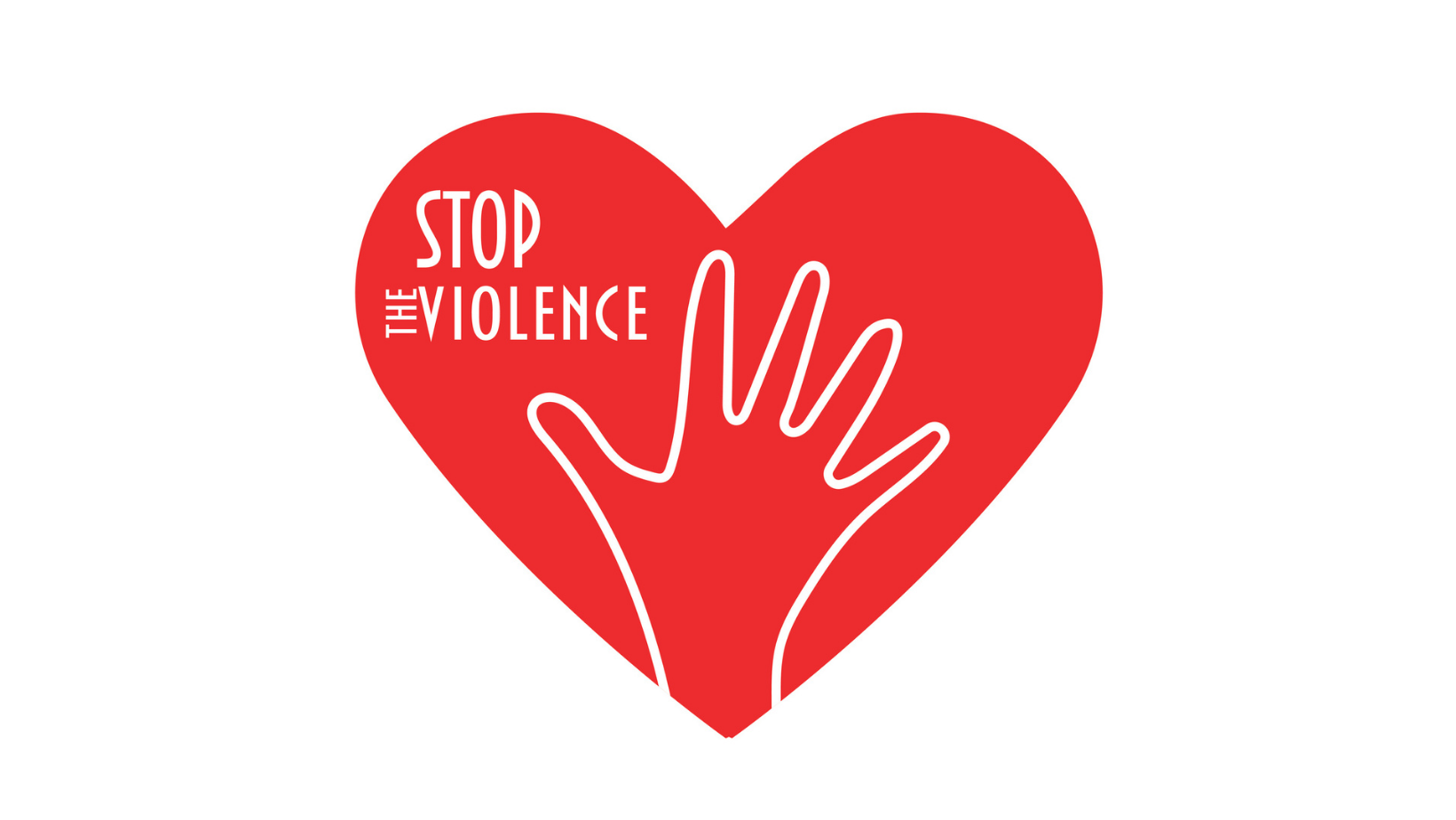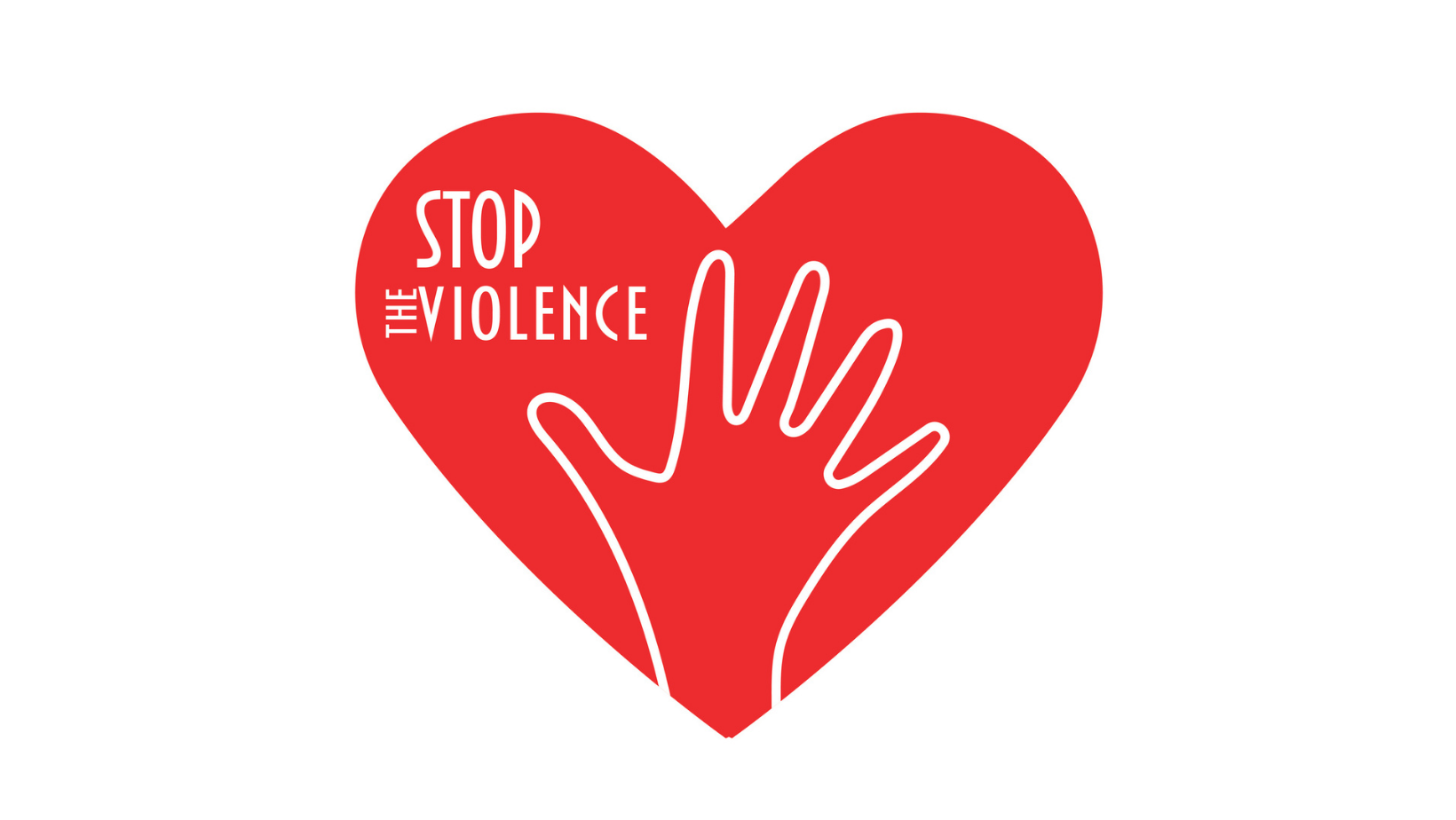 Violence against healthcare workers is more common than most people realize. The environment of a healthcare institution can create high levels of stress for patients, their loved ones, and staff. Fear and illness are major contributors of agitation and aggression from patients.
Violence against healthcare workers is more common than most people realize. The environment of a healthcare institution can create high levels of stress for patients, their loved ones, and staff. Fear and illness are major contributors of agitation and aggression from patients.
National Institute for Occupational Safety and Health classifies work place violence (WPV) into four basic types:
- Type I: Involves “criminal intent.” In this type of workplace violence, “individuals with criminal intent have no relationship to the business or its employees.”
- Type II: Involves a customer, client, or patient. In this type, an “individual has a relationship with the business and becomes violent while receiving services.”
- Type III: Violence involves a “worker-on-worker” relationship and includes “employees who attack or threaten another employee.”
- Type IV: Violence involves personal relationships. It includes “individuals who have interpersonal relationships with the intended target but no relationship to the business”
According to the American Nurses Association, 1 out of 4 Nurses is assaulted on the job and only 20% to 60% of Nurses report the incidents. The lack of reporting is a serious barrier to effective research and regulatory or legal action.
Three of the most common reasons for not reporting violent incidents are:
- Fear of retaliation
- Lack of a clear reporting method
- Belief that nothing will be done about it
Studies show that WPV can affect the quality of care and care outcomes, contribute to the development of psychological conditions, and reduce the RN's level of job satisfaction and organizational commitment.
If an attack happens, Nurse.org recommends these suggestions:
- Try to escape - If you can’t escape, yell loud enough to get help.
- Create a barrier - Put something between that person assaulting you and yourself so you might be able to escape.
- Defend yourself - You can defend yourself. You are allowed to meet the attacker with equal force to get them to stop. Some people don’t know that.
- Report the incident - Notify your facility of the assault.
- Take a leave of absence - Many people will be nervous to go back to work after an incident. If you are struggling emotionally with the trauma, people need to begin to realize that trauma and anxiety are legitimate reasons to get a leave of absence. Don’t rush back to work if you aren’t ready.
- Get support and seek help - Surround yourself with people that you trust. Consider getting trauma counseling.
The World Health Organization (WHO) holds employers accountable for both ensuring the safety of their employees and acting to treat them after an act of violence has occurred.
Hospitals should establish a culture of safety by implementing WPV prevention programs and by showing support of incident reporting.
The Joint Commission released new and revised requirements addressing workplace violence prevention programs which will be effective on January 1, 2022.
These requirements include hospitals providing de-escalation training, education, and resources at time of hire, annually, and whenever changes occur regarding the WPV prevention program. Also the program should be led by a designated individual and developed by a multidisciplinary team.
The American Association of Critical-Care Nurses (AACN) urges hospitals to:
- Establish a clear and consistent reporting structure for workplace violence, with easy to understand policies and procedures on how to report violent incidents to law enforcement.
- Encourage employees to press charges against persons who assault healthcare workers, and support staff members who do.
- Provide resources and support programs for employees to help them cope with violent incidents.
- Evaluate staffing and patient classification systems that could increase or reduce the risk of violence.
- Ensure the presence of sufficient security systems, including alarms, emergency response and available security personnel.
Many hospitals have set up personal security and safety protocols in case of an altercation or attack.
Cox Medical Center in Branson, MO installed a panic button system. The hospital said about 300 to 400 staff will have their own personal panic buttons on their badges. If the button is pushed, it activates a personal tracing system, security is notified and an alert on hospital computers shows the employee's location.
Resources
Training:
Workplace Violence Prevention for Nurses
Podcasts:
Combating Workplace Violence in Health Care by Creating Safer Workplaces
Trauma And Trauma Informed Care
M.O.V.E. to Prevent Workplace Violence
Websites:
Futures Without Violence: Workplace
Workplaces Respond National Resource Center
DOL Workplace Violence Program
Hotlines:
The National Domestic Violence Hotline is 1-800-799-7233, or you can text LOVEIS to 22522 if you cannot speak safely.
Workplace Harassment & Discrimination – Employee Concern Hotline Services: 800-307-5513
Fact Sheet:
Building a Safe Workplace and Community A Framework for Hospital and Health System Leadership






